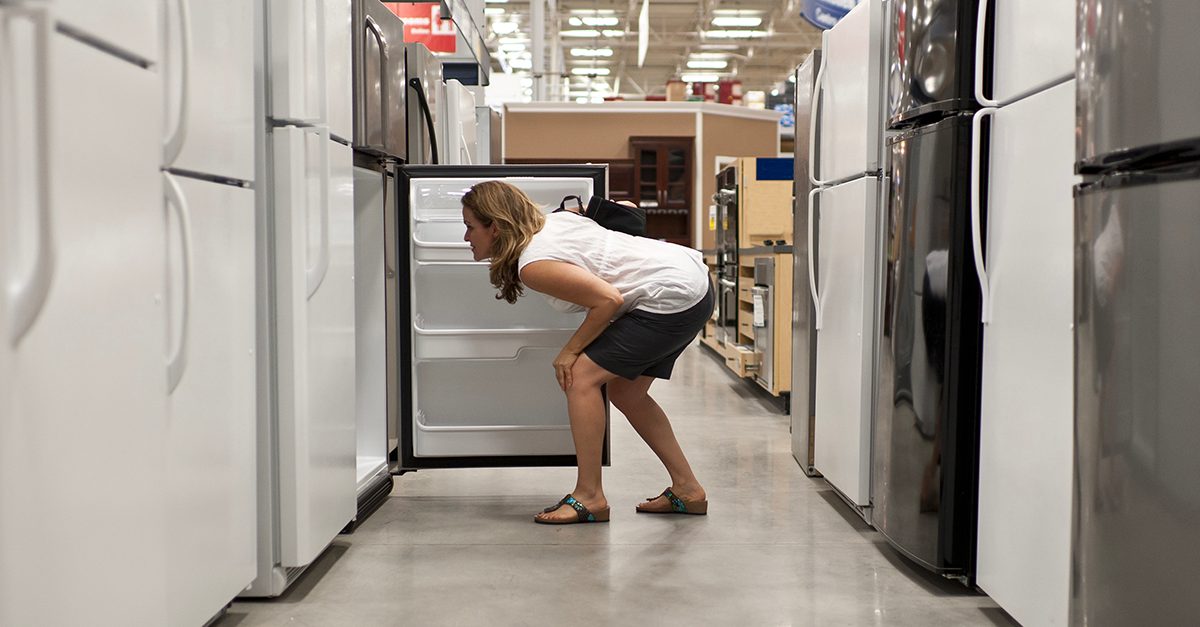9 Effective Tips For Saving Energy And Money While Using A Refrigerator
The refrigerator is one of the most common household appliances out there and for good reason. In this article we explore some great tips to save both while maximizing use of your machine.
;Resize,width=742;)
The refrigerator is a life saver that allows the storage of many food items. However, depending on what type you use, refrigerators can drain a lot of power and money if you're not careful.
Below are some tips that can help you manage this wonderful invention while making the best of it.
- Discard your old refrigerator
Old refrigerators and freezers consume a lot of electricity. It is advisable to opt for a newer model as they are highly energy-efficient appliances.

- Purchase an energy-efficient appliance
You can check the information on the energy label to get a clear idea of a refrigerator’s energy efficiency. Follow this rule, the more + signs after the A, the more energy efficient and economical the appliance is.
- Location is important
Where you put your refrigerator is very crucial. Avoid placing it next to a heat source such as an oven, hob or radiator, and avoid direct sunlight. Also male sure it has sufficient ventilation so that the compressor does not keep running indefinitely.

- Be cautious with the temperature
The optimum temperature for refrigerator operation is 5 °C, and -18 °C for freezers. For each additional degree of refrigeration output about six percent more electricity is used. Thus getting an accurate temperature setting can save you money.
- Never leave the door open for long
Each time the refrigerator door is opened, cold air escapes and warm air seeps in. To deal with the sudden temperature increase within it, the refrigerator will use energy to lower the temperature.
- Defrost food in the refrigerator
When you are defrosting frozen food, place it in the refrigerator. This will ensure that the food is carefully defrosted and its presence will cool down the refrigerator interior thereby reducing the amount of work that the compressor has to do, which generally lowers energy consumption.

- Only put cold food in the refrigerator
It is not advisable to put warm food in the refrigerator because this will heat up the interior, as well as the other stored foods. Cool down any hot food before putting it in the refrigerator.
- Defrost the freezer compartment
When a thick layer of ice forms in the freezer compartment, it acts as a form of insulation which makes the appliance use more energy to cool the interior; therefore it is recommended that you regularly defrost your freezer.
- Check the door seals regularly
The rubber seal around the refrigerator door is used for insulation purposes and prevents heat exchange between the ambient air and the refrigerator. Make sure you check that the seal is unbroken and sealing tightly. If there is a break somewhere, quickly have it replaced.
;Resize,width=767;)
;Resize,width=712;)
;Resize,width=712;)
;Resize,width=712;)
